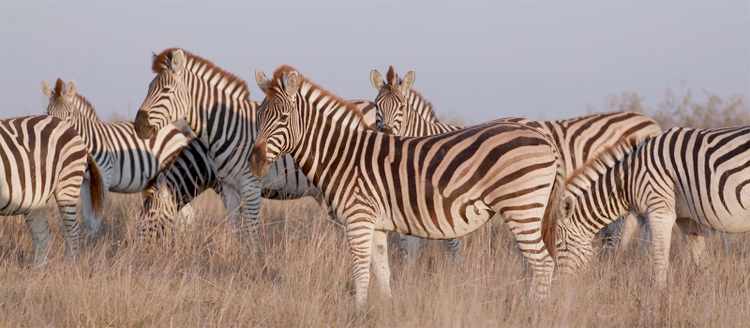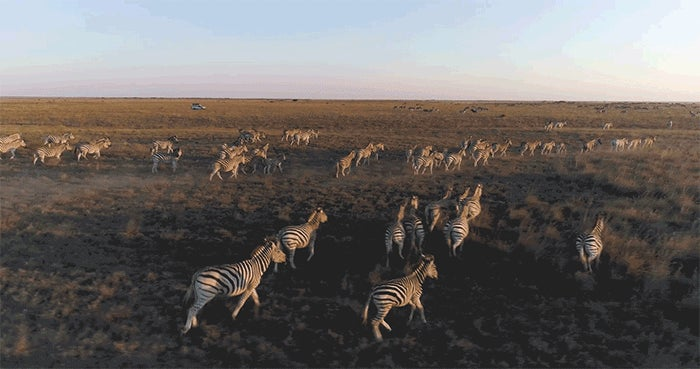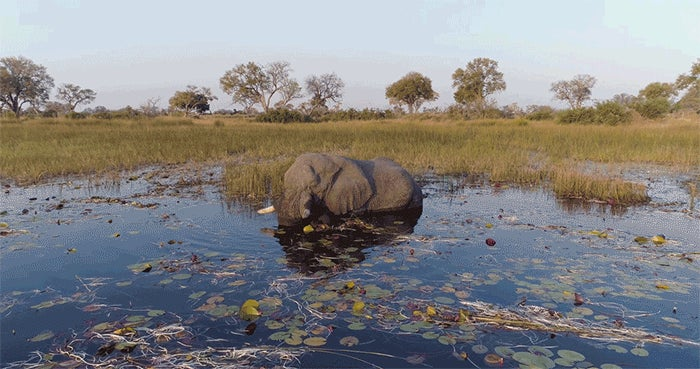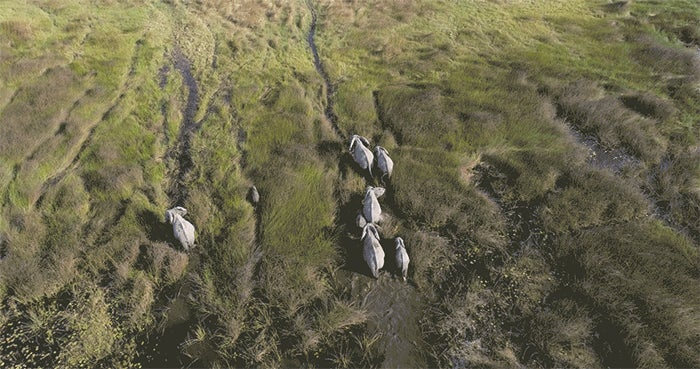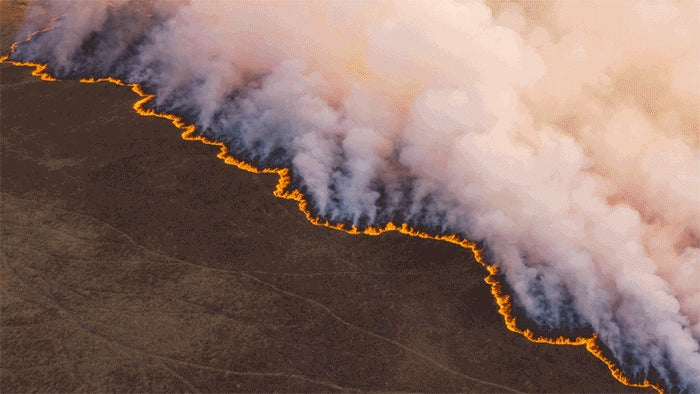Image source: Martinharvey17 / Adobe Stock.
When Jacques Cousteau’s “Le Monde du Silence” was released in 1956, it brought audiences into a world few had experienced before: the deep sea. By adopting an array of recent technological developments, Jacques was among the first filmmakers to bring a camera into the deep ocean in such a colorful, immersive, and immediate way. Watching his work felt like being underwater.
Jacques’ daring embrace of technology wasn’t without repercussions. Whales were killed and coral reefs were destroyed in the process of bringing camera equipment and crews into delicate environments. His work asks a question that all environmental filmmakers must ultimately ask themselves: just because a piece of technology can bring a camera somewhere, should you?
Adobe’s motion trend Environmental Documentary puts the spotlight on artists who, by adopting the latest in camera technology, bring us to places most of us will never see otherwise. Perhaps the most significant is the development of remotely operated camera drones. These not only changed the way we see our relationship to our environment but have defined what we now come to expect when looking at landscapes. Groundbreaking documentaries like “Planet Earth II” wouldn’t have been possible without drones.
By now, it’s almost a given that a documentary will make ample use of crisp, fluid, God’s eye footage from a drone. But what is at stake by bringing drones into these sensitive environments? And how do aerial cinematographers ensure they’re not damaging the very ecosystems they’re trying to protect and document?
Image source: Martinharvey17 / Adobe Stock.
Adobe Stock contributor Martin Harvey has been capturing wildlife images for over two decades. He got his start working as a game warden in Zimbabwe, and a love of conservation and wildlife has defined his practice ever since. He’s also an avid user of drones. Nimbly hovering above the ground, he’s captured grass fires in Botswana, bathing elephants in Zimbabwe, and migrating zebras.
“I was keen to get into drones as soon as they came out,” Martin says. “I loved aerial photography but hiring a helicopter doesn’t come cheap.”
Image source: Martinharvey17 / Adobe Stock.
The early drones available on the market were hard to fly, and the risk of a crash or technical failure was high. An early experience changed the way Martin thought about piloting drones: “I had my first fright when my drone literally fell out of the sky, and I realized how dangerous it would be if there were people underneath.”
When the first DJI drones started coming out, Martin bought an inexpensive model and practiced in remote, people-free areas: “The early days’ drones had no obstacle avoidance, so I’ve had my fair share of finding trees that I never knew were that high!”
Image source: Martinharvey17 / Adobe Stock.
In many ways, drones were a victim of their own success. The more readily available they became, the easier it was for anyone regardless of training or background to fly a drone into previously remote areas — especially as cameras get lighter and smaller. While some countries, such as the U.S., are starting to mandate registration, worldwide there’s still lots of legal ambiguity and a lack of safety regulation.
“Sadly, most people bomb wildlife with their drones,” Martin says. “The animals flee in panic, which has generated a lot of anti-drone sentiment.”
To protect wildlife, natural reserves in South Africa and Botswana have outright banned drones. Where they’re not banned, they’re heavily monitored. And for good reason: not only do they scare or disrupt animals, but drones are also used by poachers to track down rhinos and elephants.
To responsibly document wildlife in South Africa, Martin has worked on building relationships with private protected areas. “Once they can see that you are not chasing or harassing the wildlife they are receptive,” he says.
Image source: Martinharvey17 / Adobe Stock.
Still, it helps to approach animals with a certain amount of restraint. “I normally fly in rural areas,” Martin says. “I see how sensitive animals are to a drone and figuring out how to approach animals is key to getting worthwhile footage.”
Despite these risks, drones still offer an improvement over a lot of the previous options. Helicopters are louder, use more fuel, and are far more expensive to operate. Moving camera crews into close proximity with animals can be costly and disruptive. “[Drones] opened up such a fantastic way to see the world,” Martin says. “It’s novel, and most of the time people love to look at the world this way.”
Another important aspect of drone photography is safety: documenting and capturing a wildfire via a drone keeps a life-saving distance between cinematographers and the flames.
2020 will surely be another year where documenting our rapidly changing environment is on everyone’s minds, as demonstrated in our Environmental Documentary collection that captures the blistering heat of a forest fire, the battering winds of a hurricane, or terrifying mass of pollution. So much of how people understand climate change and environmental destruction is driven by our ability to see things that aren’t in front of us.
Drones give us an incredible opportunity to witness these fleeting moments and change the way we see the world around us. Like Jacques Cousteau’s Aqua Lung and Diving Saucer, drones soar above the earth and wiggle among the canopies, bringing us places most of us would never have seen before.
See more breathtaking drone photography and video from Adobe Stock.
